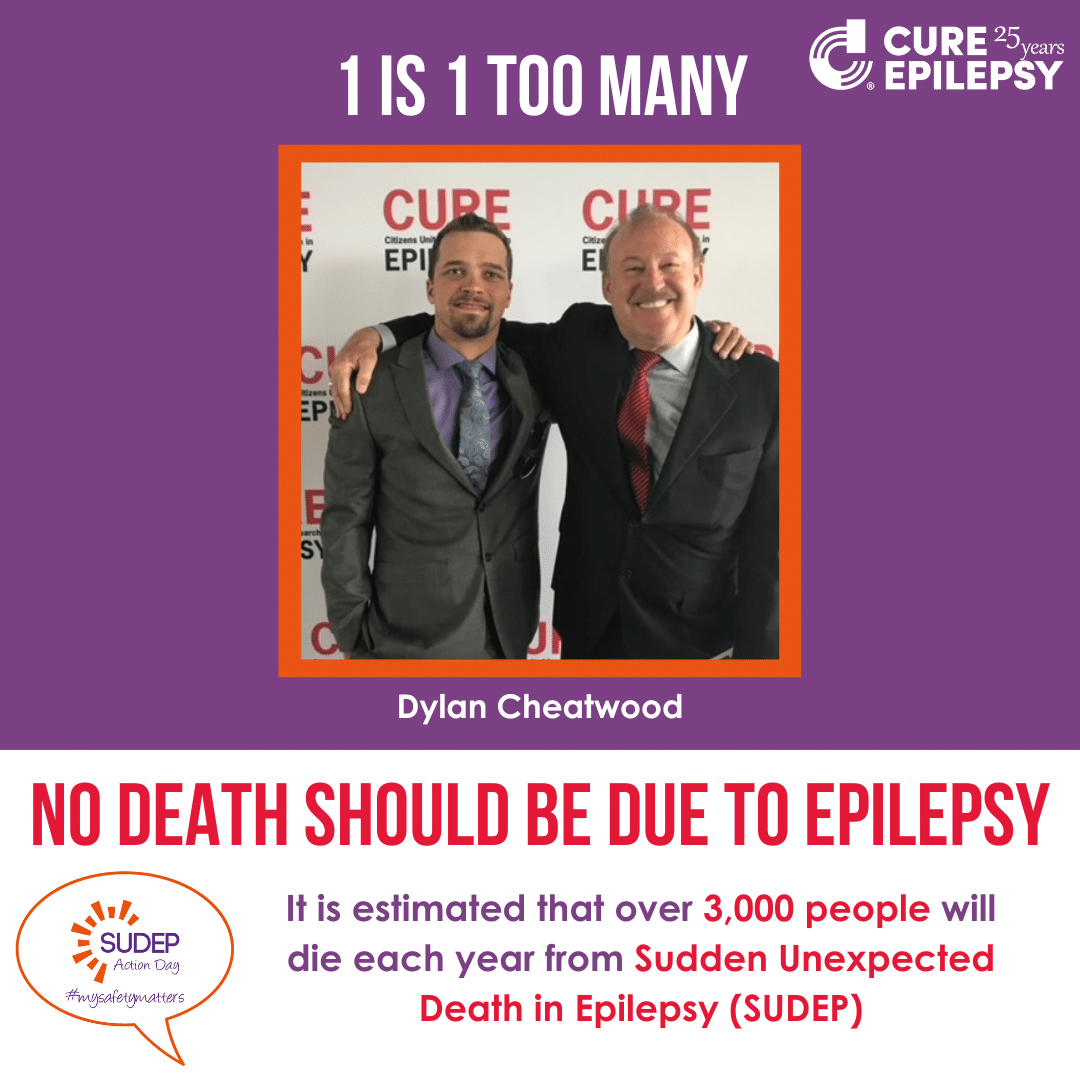Study: Resolving Ambiguities in SUDEP Classification
May 24, 2018
Objective: To examine the consistency of applying the Nashef et al (2012) criteria to classify sudden unexpected death in epilepsy (SUDEP).
Methods: We reviewed cases from the North American SUDEP Registry (n = 250) and Medical Examiner Offices (n = 1301: 698 Maryland, 457 New York City, 146 San Diego). Two epileptologists with expertise in SUDEP and epilepsy?related mortality independently reviewed medical records, scene investigation, autopsy, and toxicology and assigned a SUDEP class.
Results: Major areas of disagreement arose between adjudicators concerned differentiating (1) Definite SUDEP Plus Comorbidity from Possible SUDEP and (2) Resuscitated (Near) SUDEP from SUDEP. In many cases, distinguishing between contributing and competing causes of death when trying to classify Definite SUDEP Plus Comorbidity versus Possible SUDEP is ambiguous and relies on judgement. Similarly, determining if an intervention was lifesaving or not (Resuscitated SUDEP or Not SUDEP), or if resuscitation merely delayed SUDEP (Resuscitated SUDEP or SUDEP) is often a judgement call and can differ between experienced adjudicators. Given these persisting ambiguities, we propose more explicit criteria for distinguishing these categories.
Significance: Accurate and consistent classification of cause of death among individuals with epilepsy remains a dire public health concern. SUDEP is likely underestimated in national health statistics. Greater standardization of criteria among epilepsy researchers, medical examiners, and epidemiologists to determine cause and classify death will lead to more accurate tracking of SUDEP and other epilepsy?related mortalities.






